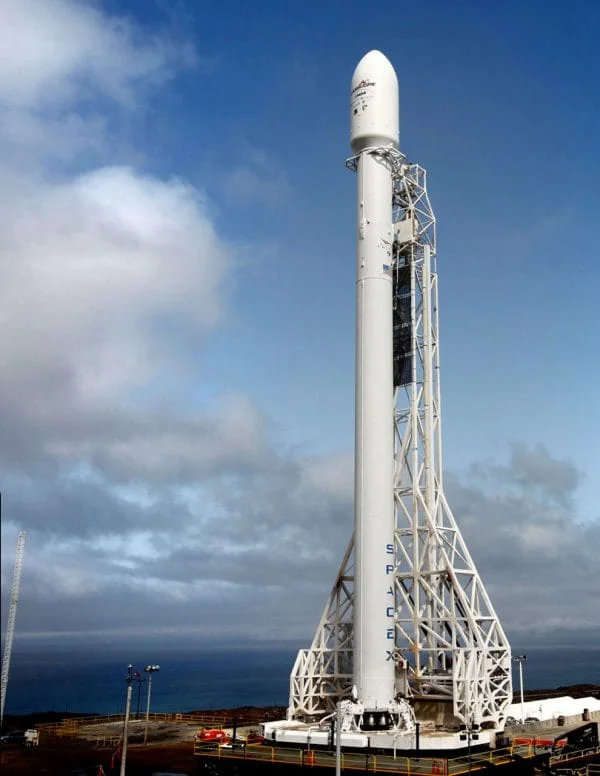SpaceX Launch Today: What's the Schedule and Can I Watch Live?
Sentinel-6B: A Rising Tide of Hope for Our Planet
Friends, innovators, fellow dreamers! Last night, watching that SpaceX Falcon 9 pierce the California sky, I felt a surge of something profound—something beyond just another launch. We witnessed the dawn of an even clearer understanding of our planet, a vital step in securing our future. Sentinel-6B, the latest sentinel watching over our oceans, is more than just a satellite; it's a promise.
Eyes on the Ocean, Hope for Tomorrow
This launch wasn't just about hitting a mark on the spacex launch schedule; it was about continuing a legacy. For over 30 years, starting with TOPEX/Poseidon, we’ve been meticulously tracking ocean topography, and Sentinel-6B ensures that vital data stream continues, uninterrupted. Think of it like this: imagine trying to understand a symphony by only hearing half the notes. That's what losing this data would be like. Sentinel-6B is now in its designated orbit, ready to work with Sentinel-6A, before taking over as the reference mission.
The Falcon 9 soared from Vandenberg Space Force Base, a streak of brilliance against the night. Seeing that booster, B1097.3, return safely to Landing Zone 4 (LZ-4) for its third landing, well, it's just a testament to the incredible reusability that SpaceX has pioneered. It makes you wonder, doesn't it? How many more resources can we conserve, how much more can we achieve, by embracing this kind of sustainable spaceflight? Sentinel-6B ocean monitoring satellite to launch aboard Falcon 9 - NASASpaceFlight.com
Sentinel-6B itself is a marvel of engineering. This 1,190 kg satellite, packed with instruments like the Poseidon-4 radar altimeter and the Advanced Microwave Radiometer for Climate (AMR-C), will observe 95% of Earth’s oceans, giving us an unprecedented view of our changing seas. The Poseidon-4, for example, uses both conventional pulse-width and synthetic aperture radar (SAR) techniques. In simpler terms, it sends out signals and measures how they bounce back, telling us exactly how high the sea surface is.
But here's the "Big Idea" that really grabbed me: Sentinel-6B isn't just about collecting data; it’s about turning that data into actionable insights. It's about empowering us to make informed decisions, to adapt to the challenges of climate change, and to protect our planet for future generations. What if, armed with this data, we could predict coastal flooding with pinpoint accuracy? What if we could optimize shipping routes to reduce fuel consumption? The possibilities are staggering.

And it's a collaborative effort! This mission is a testament to what we can achieve when we work together. EUMETSAT, NOAA, NASA, ESA, and the European Union Space Programme all played a crucial role. It is a symphony of international cooperation, orchestrated for the benefit of all mankind.
I saw someone comment online, "Another satellite... what's the big deal?" Honestly, that kind of cynicism makes me a little sad. It's easy to get jaded, I get it. But this isn't just "another satellite." This is a critical piece of a much larger puzzle. This is about ensuring that we have the knowledge we need to navigate the turbulent waters ahead. The launch itself was flawless, but the true test lies in the data it provides.
The Future is Written in the Waves
This launch wasn't just a technological feat; it was a beacon of hope, a symbol of our unwavering commitment to understanding and protecting our planet. It reminds me of the invention of the printing press—suddenly, knowledge became accessible, empowering people to shape their own destinies. Sentinel-6B offers that same potential, a chance to rewrite our future with wisdom and foresight.
I can't help but wonder, though... are we truly ready to embrace the responsibility that comes with this knowledge? Will we use this data to build a more sustainable world, or will we squander this opportunity? It's up to us to ensure that Sentinel-6B's legacy is one of positive change.
